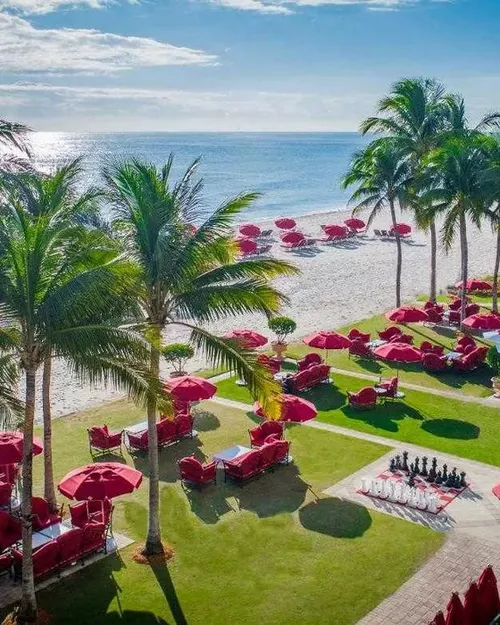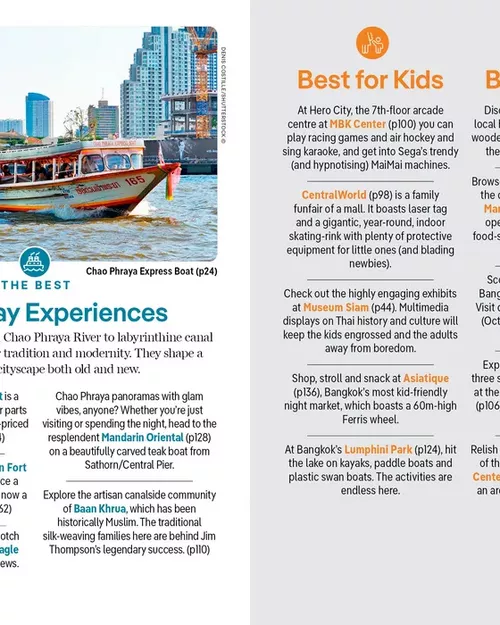The best time to visit Cyprus for sunny beach weather and swimming is during the shoulder seasons of April-May and September-October. During these months, you'll enjoy pleasant temperatures, fewer crowds, and lower prices compared to the peak summer months of June, July, and August. The summer months are excellent for those seeking hot and dry weather, but expect larger crowds and higher prices. If you are interested in hiking and exploring the Troodos Mountains, spring and autumn are ideal. Winter (November-March) is the wettest period, but still offers mild temperatures and is a good time for exploring cultural sites with fewer tourists.
Ultimately, the 'best' time depends on your priorities: sunbathing, swimming, hiking, or cultural exploration. Consider what activities are most important to you and plan your trip accordingly. No matter when you visit, Cyprus offers a unique blend of history, culture, and natural beauty.












































